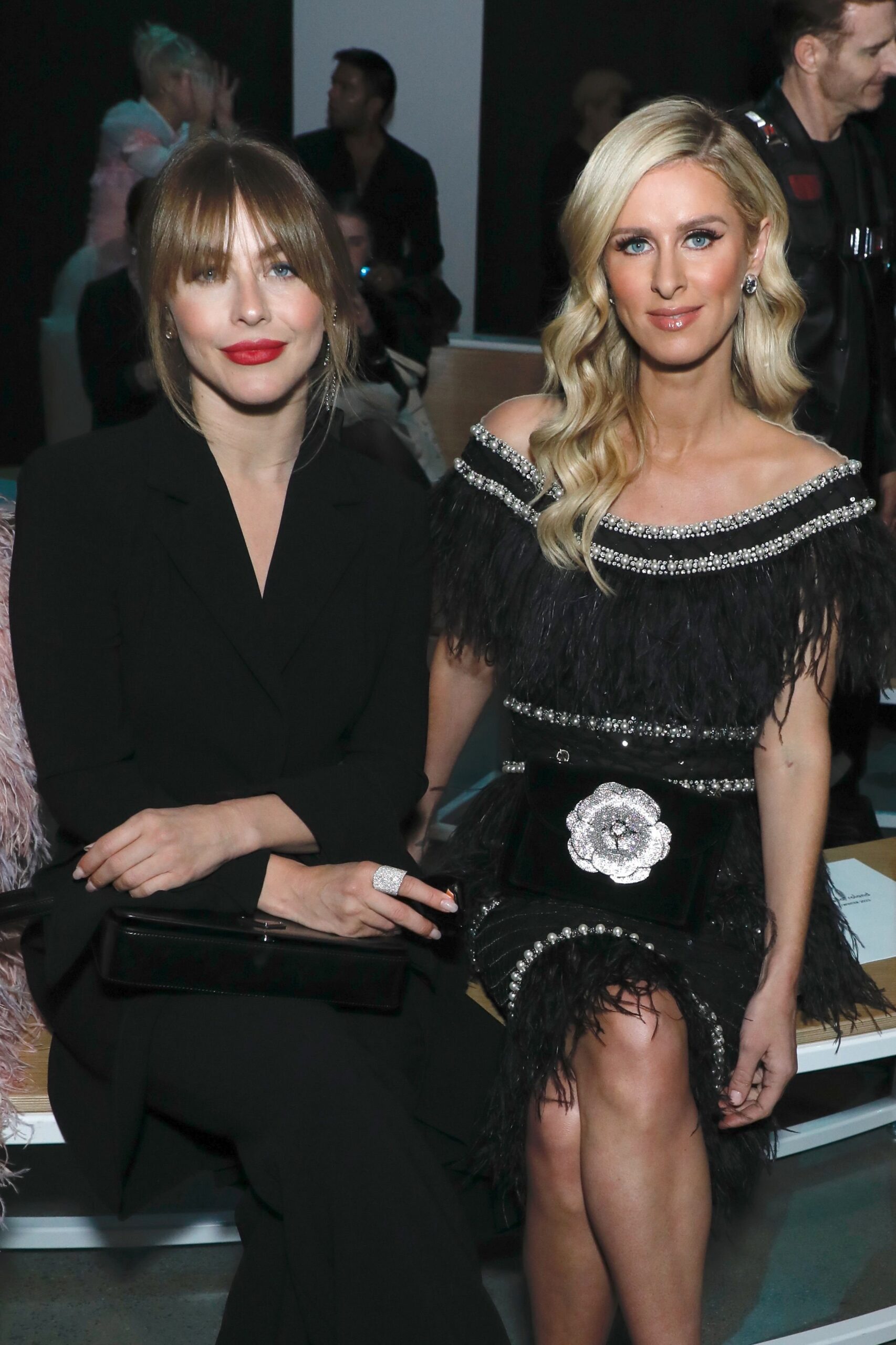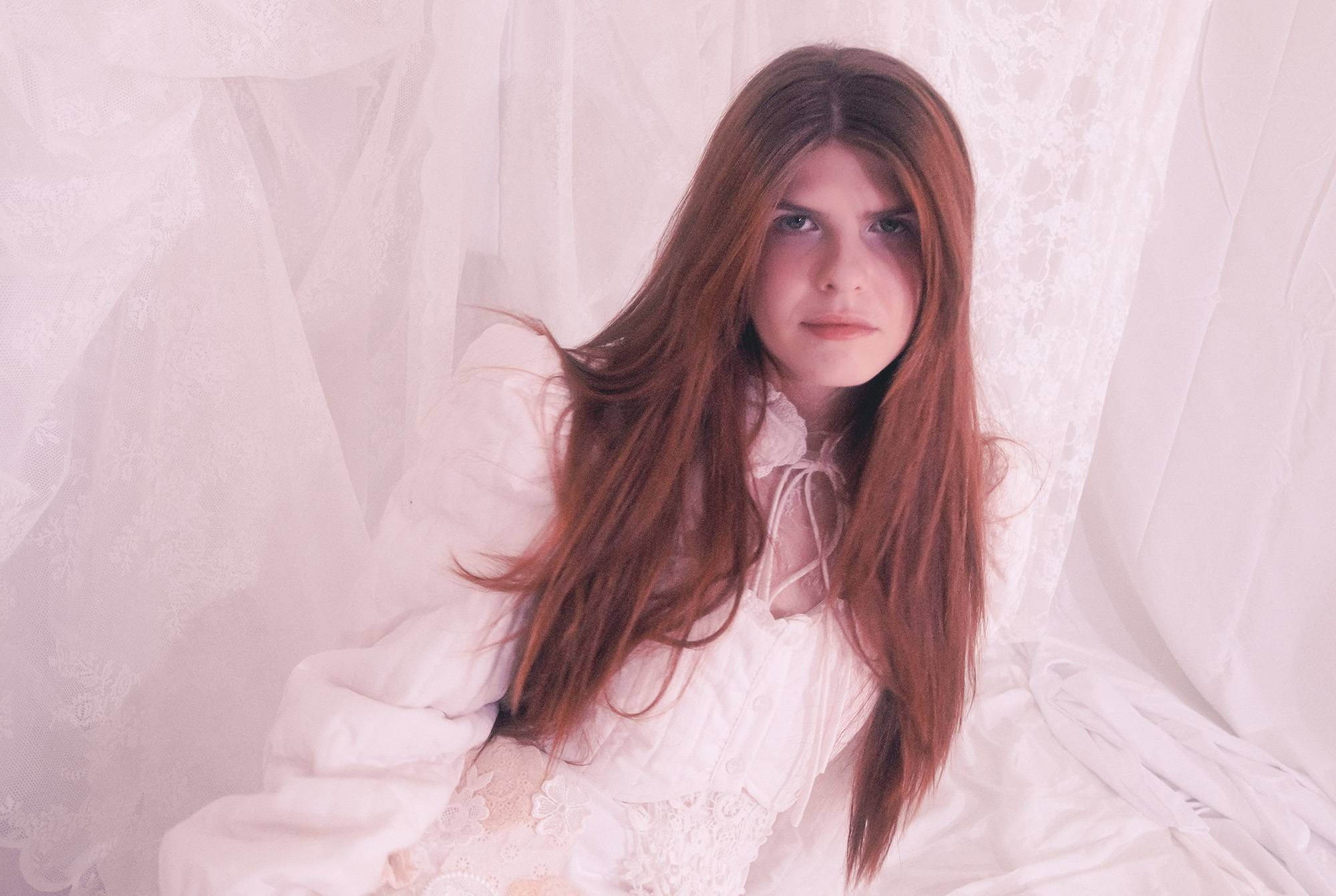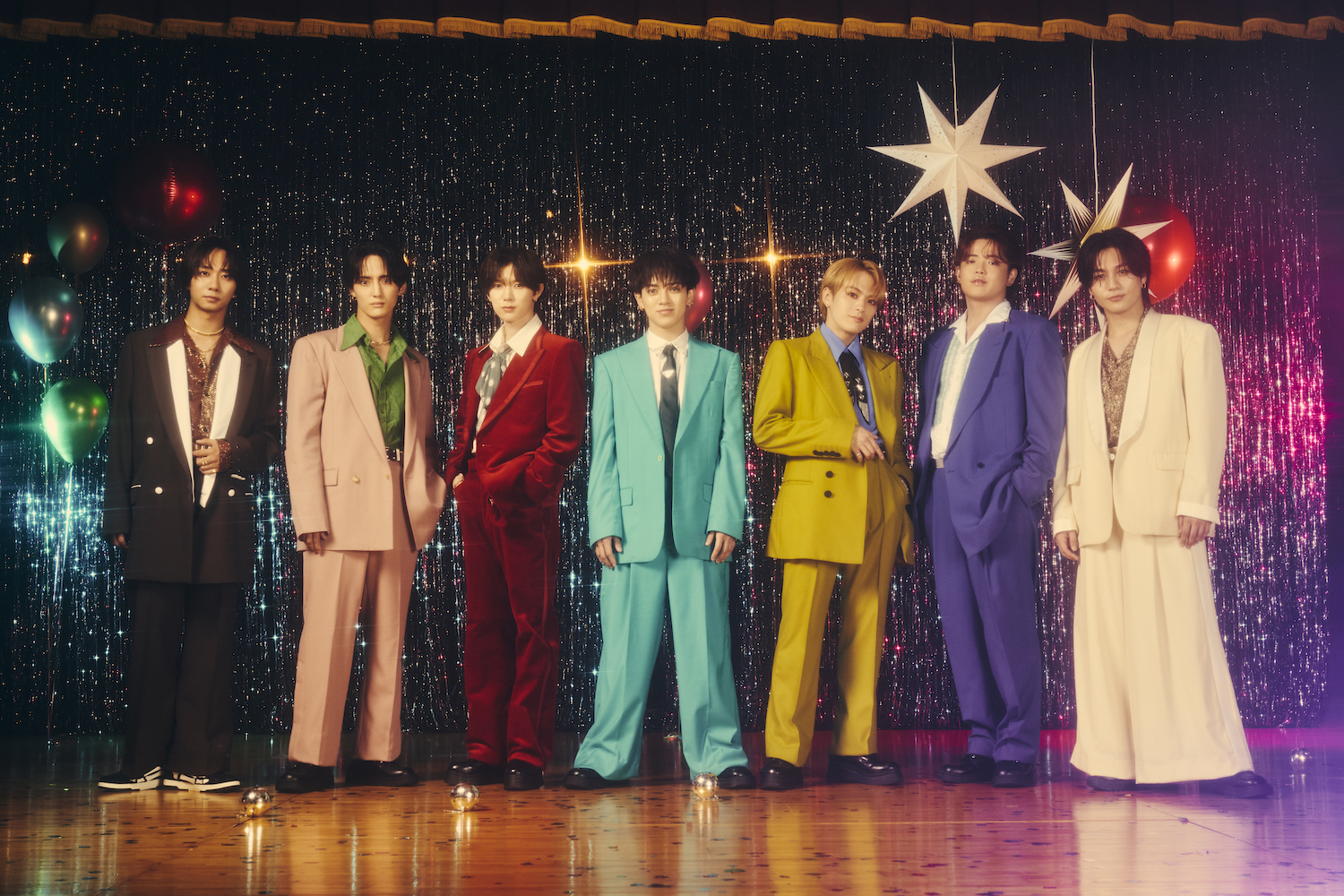CULTURE
Julianne Hough Is “Not Straight”: When Mixed Orientation Marriage Is Healthy
04 Aug, 19

Julianne Hough and Nicky Hilton Rothschild
Photo by Gregory Pace (Shutterstock)
This week we learned that Julianne Hough is in incredible shape, that despite being married to a man she’s “not straight,” and that it’s not even that odd for some spouses to have different sexual orientations—or did we?
Even in today’s inclusive LGBTQ+ culture, we seldom speak about marriages between people of different orientations. In a recent interview for Women’s Health magazine, Julianne Hough recounted telling her husband, Brooks Laiche, “‘You know I’m not straight, right?’ And he was like, ‘I’m sorry what?” I was like, ‘I’m not. But I choose to be with you.'” Hough continued, “I think there’s a safety with my husband now that I’m unpacking all of this, and there’s no fear of voicing [a] thing that I’ve been afraid to admit or that I’ve had shame or guilt about because of what I’ve been told or how I was raised.” On Friday, her husband took to Instagram to praise his wife for coming out to him, posting, “So proud of my wife @juleshough for the woman she is, and her courage to share her journey of trials and triumphs!”
As a society, we’re burdened with the memory of peer-pressured “beard” marriages between a gay individual and a straight spouse due to their shame, denial, or to hide their sexuality for their own safety. But there exist other instances in which two spouses may share different orientations and still be happily married.
Fluid sexuality doesn’t just suggest that people can be attracted to multiple genders. Researchers are finding that sexual orientation itself is a dynamic element of people’s personalities. Psychology professor Lisa M. Diamond dedicated 10 years of research to her book Sexual Fluidity, which detailed a significant number of gay-identifying women falling in love with a member of the opposite sex later in life. Diamond writes, “Although most of the women I interviewed felt that their sexual attractions paralleled their emotional attachments, this was not always the case. In fact, women reported that on average, the percentage of physical same-sex attractions they experienced differed from their emotional same-sex attractions by about 15 percentage points in either direction (in other words, some women were more emotionally than physically drawn to women, whereas others were more physically than emotionally drawn).”
One reason for the fluctuation is due to the differences between physical, romantic, and sexual attraction. Although it’s common to experience all three at the same time, it’s not unusual to experience only lust, love without sexual chemistry, or platonic physical attraction that doesn’t include sexual contact. As a result, the ever-exhausting alphabet soup of labels can fatigue us and make us feel confined to boxes. As Diamond writes, “Like women with nonexclusive attractions, women with significant gaps between their emotional and physical feelings often faced challenges in selecting a comfortable identity label. They had to decide whether their sexual identity was better categorized by patterns of ‘love’ or patterns of ‘lust,’ and they had to forecast what sort of relationships they might desire in the future. Many of these women found it difficult to make these determinations.”
The same dilemma confronts men, too, both gay and straight. As Anna David writes in GQ‘s inflammatory article titled, “What If You Only Thought You Were Gay”: “Although there aren’t statistics to show how many men go through a similar sexual shift, anecdotal evidence suggests that some men who consider themselves to be gay experience this kind of change not because of sexual experimentation or peer pressure but because they decide that they want to sleep with women instead of men.”
Ultimately, growing evidence (both anecdotal and research-based) only solidifies the notion that orientation is not, in fact, a basis of identity. While it may help foster community, resources, and support, orientation is little more than a behavioral pattern that outlines the many different ways an individual might love another human being. After her 10 years of research, Diamond concludes, “Perhaps instead of arguing that gay/lesbian/bisexual individuals deserve civil rights because they are powerless to change their behavior, we should affirm the fundamental rights of all people to determine their own emotional and sexual lives.”
- Julianne Hough reveals she’s ‘not straight’ – ABC News ›
- Julianne Hough, in Women’s Health, says she’s ‘not straight’ ›
- Julianne Hough Reveals She’s ‘Not Straight’ | PEOPLE.com ›
- Julianne Hough Says Telling Husband She’s ‘Not Straight’ Brought … ›
- Julianne Hough on Her Sexuality: ‘I’m Not Straight’ ›
- She’s straight, he’s bisexual. How they make a mixed-orientation … ›
- Is Julianne Hough gay or bisexual: Julianne Hough opens up about … ›
- Julianne Hough Comes Out as Not Straight & More Confessions | E … ›
- Julianne Hough Comes Out As ‘Not Straight’ ›













